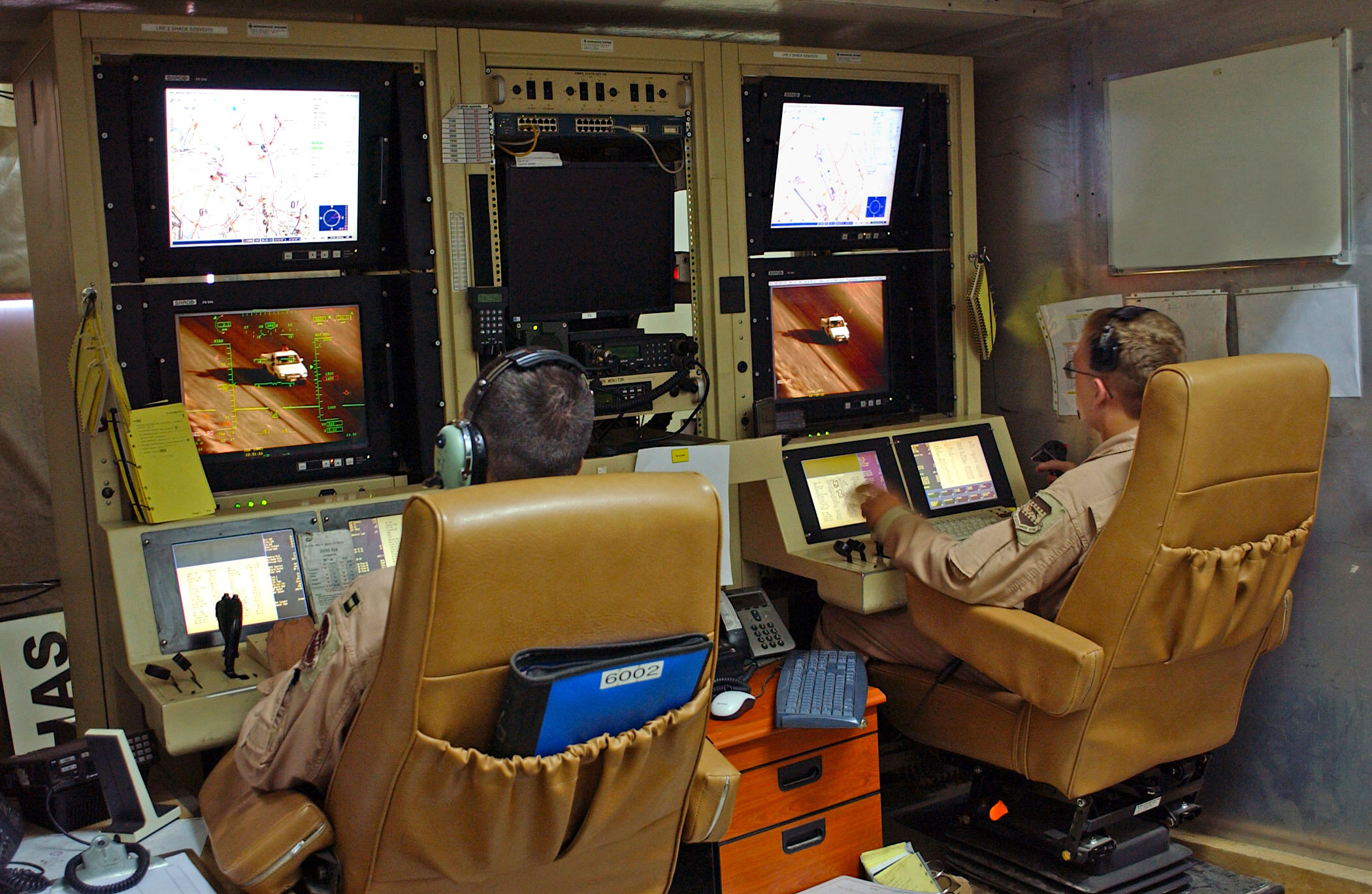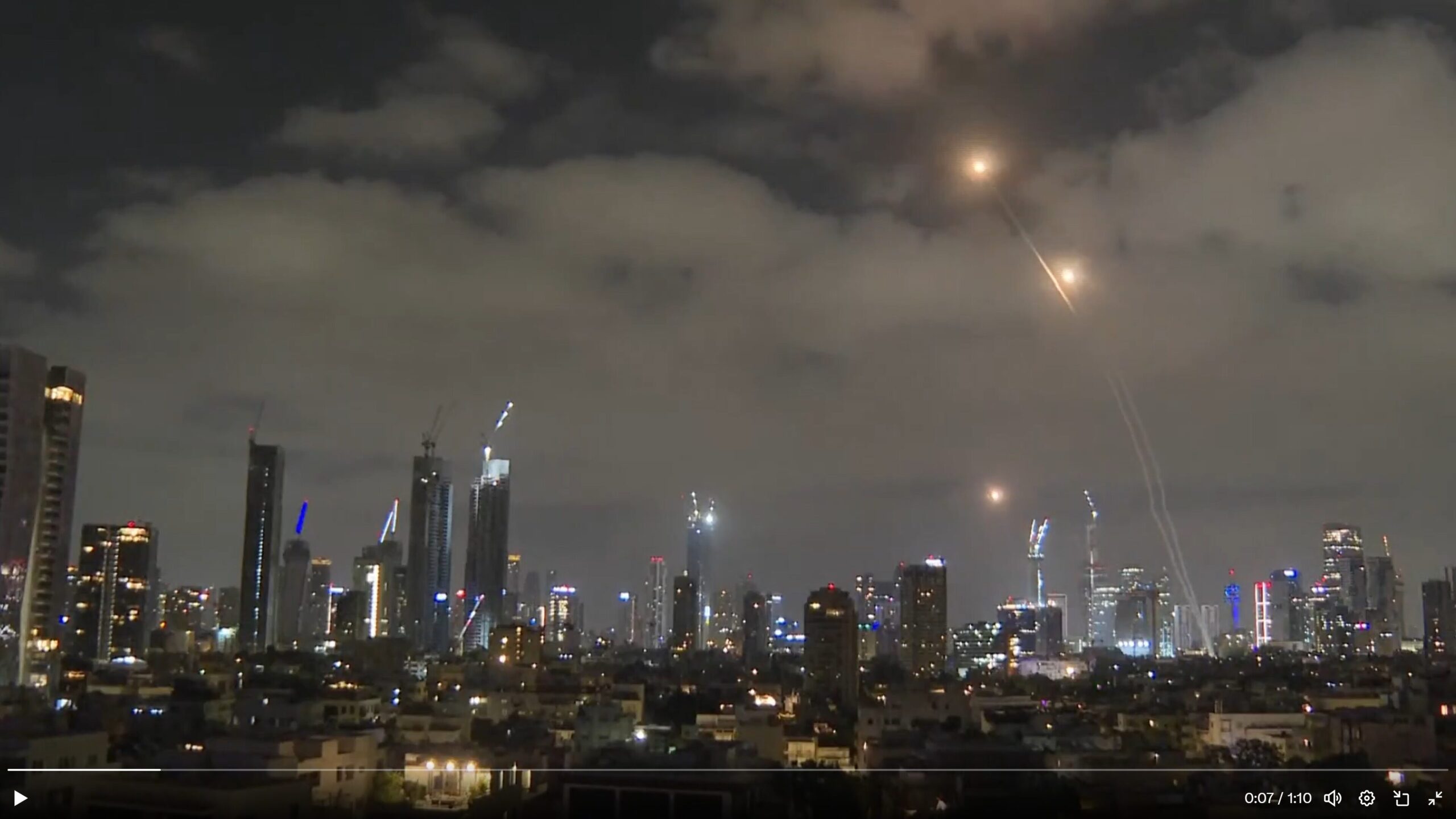PICTURED: From top left to bottom right, the victims of the latest drone strike in Kabul. Farzah Ahmadi, age 9, Faisal Ahmadi, age 10, Zemari Ahmadi, age 40, Zamir Ahmadi, age 20, Naseer Ahmadi, age 30, Binyamen Ahmadi, age 3, Armin Ahmadi, age 4, Sumaya Ahmadi, age 2, Malika Ahmadi, age 2, and Ahmad Naser, a former-U.S. Army contractor, age 30. PC: Leftflank Veterans.
Story at a glance…
-
Yet again, the U.S. military has changed the story and circumstances surrounding the death of Zemari Ahmadi and most of his family.
-
Killed in Kabul when a “Reaper” drone blew up his car, it was claimed originally the attack had foiled “multiple suicide bombers”.
-
Reporting from the New York Times revealed, the confidence was “possible to probably” that one person was an ISIS “facilitator”.
A New York Times piece has come out which interviewed four military officials regarding the drone strike which occurred in Kabul on August 29th, killing 10 civilians, 6 of which were children, one as young as 2.
The piece, when combined with other statements, present a failing system of oversight on drone warfare typical of the second half of the War in Afghanistan, and yet more back peddling from the armed forces.
In the hours after the bomb exploded a car and part of a house, killing two men and most of their nieces, nephews and children, CENTCOM announced they had foiled “multiple suicide bombers”. That night, they acknowledged there were claims of civilian deaths during the bombing, “which we know disrupted an imminent ISIS-K threat to the airport,” and that an investigation was taking place.
Later Joint Chiefs Chair, Gen. Mark Milley changed the story, from “multiple suicide bombers,” and “imminent threat,” to “at least one” of those killed was an Islamic State “facilitator”.
Now in the Times piece, four officials revealed that the strike took place under what could reasonably be described as an apathetic level concern for civilian deaths, or whether they were even shooting at a “facilitator,” given they knew the target was a member of a Pasadena Calif. based NGO, Nutrition and Education International.
Indeed, from the day one statement of “multiple suicide bombers,” to warnings of an “imminent threat,” to “at least one facilitator,” the officials revealed that the strike, and all the steps of surveillance leading up to it, were done through “possible to probable” levels of confidence.
PICTURED: The typical drone operator’s quarters.
Possible to probable
Zemari Ahmadi, now deceased along with all his kids and his brother’s kids, had left a building which based on intelligence from informants, signals data, and electronic eavesdropping, the U.S. believed to be an ISIS-K safe house.
Working off this assumption, and intelligence reports that another attack on the airport was soon to occur, an MQ-9 Reaper drone was assigned to follow the car around Kabul. It’s noteworthy for the story that Ahmadi went to several locations which intercepted radio communications from the supposed safe house said he would go to.
It was during this that the first major questionable justification was viewed, when the driver and three men helped move some “wrapped packages” into the back of the car. The drone pilots and analysts thought the men “appeared to be straining to lift and gingerly carry heavy packages — as one would with explosives,” or, truly, many other things; the use of imagination would certainly not hold up in a court of law.
After this detour, Ahmadi arrived at the house of his brother, described by the officials as an “unknown compound” when another man came out to greet him—another questionable justification. Instead of waiting to see what might happen, for example in this case a flood of children come out to play in front yard, or if something happened with the mysterious packages, the military officials speaking with the Times said this:
At this point, the tactical commander controlling the armed Reaper drones had to make a quick decision. The rules of engagement allowed the military to conduct a strike if the operators and intelligence analysts had “reasonable certainty” that they had a legitimate ISIS-K target and they assessed there was a “reasonable certainty” that no women, children or other noncombatant civilians would be killed or injured.
The commander concluded this was the best time and place to take the shot. The Hellfire struck its target in less than a minute. As the missile closed in, the drone operators could see on the video feed that other figures were approaching the sedan.
“Military officials concluded Mr. Ahmadi was an ISIS-K facilitator largely because of his actions as the driver from the moment the [car] pulled out of the safe house until the strike killed him,” wrote Eric Schmidt for the Times. An astonishing admission, considering their suspicions were only aroused because of the locations to and from which he drove. Upon arriving at a place he was not expected to go, instead of casting doubt on their “reasonable certainty,” they took it as an opportunity to kill the man.
PICTURED: Drone footage of a group of unarmed people, likely in Helmand Province, Afghanistan, taken before they were killed by drone bomb. PC: Jack Murphy, Connecting Vets.
Working correctly
This tragic misfire is actually much more a case of the drone operations in Afghanistan working as they are intended to, rather than that of a mistake. Thoroughness, such as might be expected with such precision weaponry, is hardly the rule.
Even at the height of Obama’s drone war in Afghanistan and Pakistan, which killed hundreds if not more, innocent people, and which killed a non-intended target 90% of the time, a strike had to be authorized by a general. Additionally there had to be a weapon visually present on the target, and they had to have some phone data with which to implicate the target as a member of the Taliban or worse, and not a shepherd guarding his flock from bandits.
However as Jack Murphy, a former-marine turned investigative journalist recently revealed, the drone operations in 2017 onwards changed, and soon anyone could be killed for the crime of merely touching a radio; no general’s signature needed, no weapon need be present.
Taken from an earlier piece on World at Large…
Recent reporting from Connecting Vets’ Jack Murphy on the drone operations by Task Force South West in Afghanistan’s Helmand Province shows that a mixture of lies, nihilism, and need for diplomatic leverage drove drone pilots to target civilians essentially as a rule.
Whereas the loosening of the Rules of Engagement to target members of ISIS in Syria proved effective at killing large amounts of men with AK-47s slung over their shoulders, the same loosening in Afghanistan proved disastrous for rural Afghans particularly in the Helmand Province.
“According to three military sources involved in such operations, merely holding a radio in Helmand province was enough of a reason to warrant a drone strike in 2019,” writes Murphy. In order to push hard for an end to the war, Trump loosened the Pentagon’s Rules of Engagement to ramp up military pressure on the Taliban. One of the restrictions he removed was the need for military hardware to be visually-present on a drone camera before a strike could be authorized.
The Taliban had been dismantling cell phone towers in Helmand for years, and simple radios and walkie-talkies were the only source of coms, both for the Taliban, but also everyone else.
With lethal force being authorized in seconds by mid-level officers for things as vague as carrying a walkie-talkie, over two dozen interviews with drone pilots and those involved at South West gave Murphy a macabre transcript, with some saying they would just follow people around “waiting for them to fuck up,” or “the drone strikes were punitive. Killing for the sake of killing”.
In one instance, which darkens Hale’s 2014 number of 203 civilians killed during Obama’s drone campaign, a drone pilot launched a hellfire missile at a motorcyclist in Helmand at the exact moment when he was passing through an intersection wherein another motorcycle, rode by two men and an infant, was crossing. All three died immediately while their original target passed unscathed. That strike, according to Murphy, was counted as a single civilian death, likely the infant.
“It’s nihilistic, there is no point,” a second source, one of the drone operators supporting South West, told Murphy. “It was clear that we were not making a difference”.
And indeed it made no difference, as another drone pilot told Connecting Vets, who asked the former-operator if none of it mattered. He replied in the affirmative.




